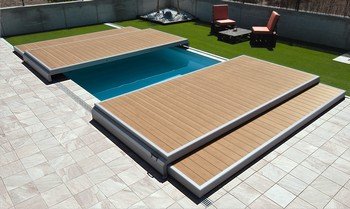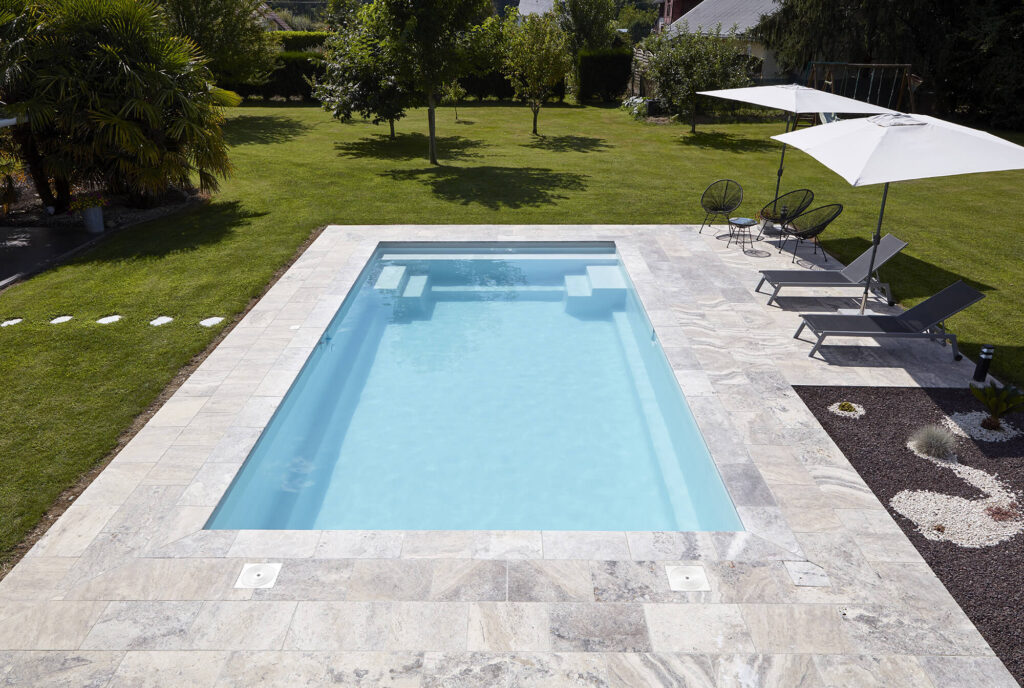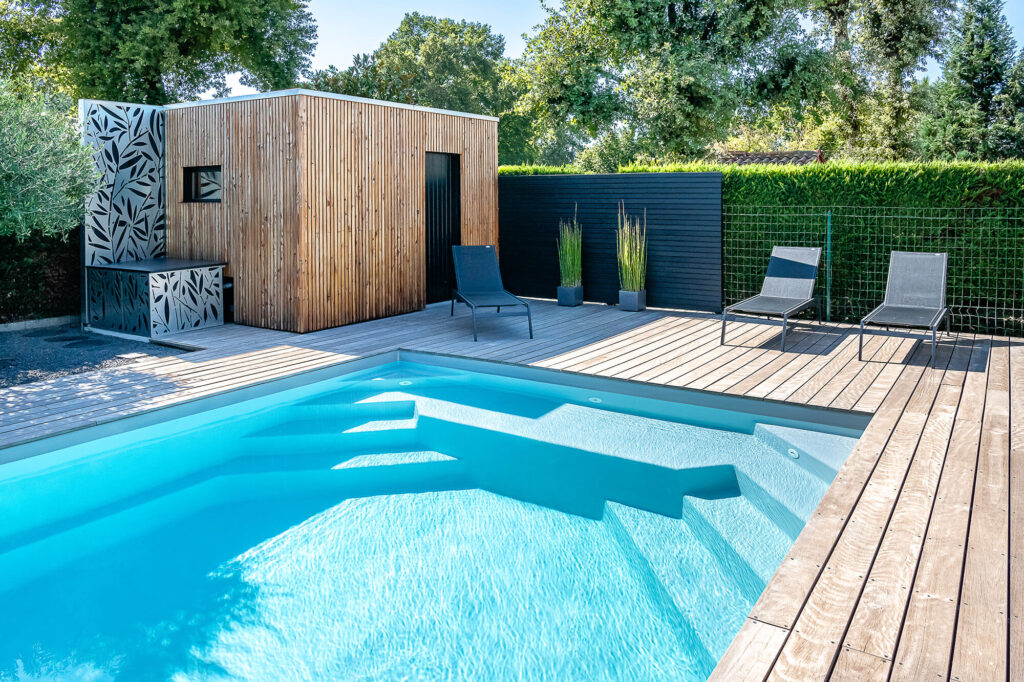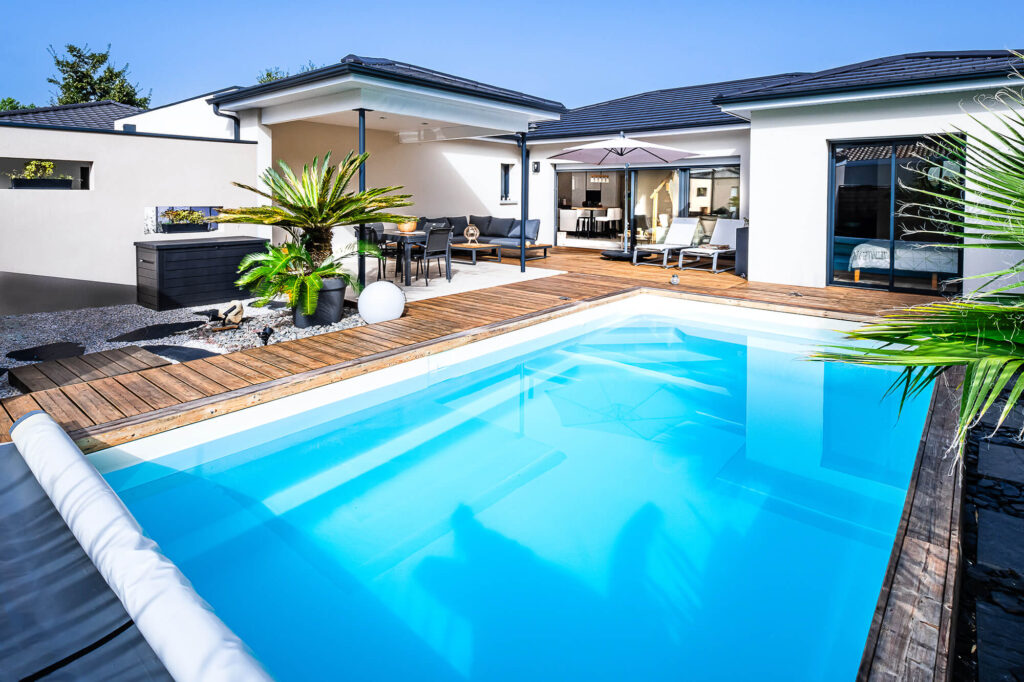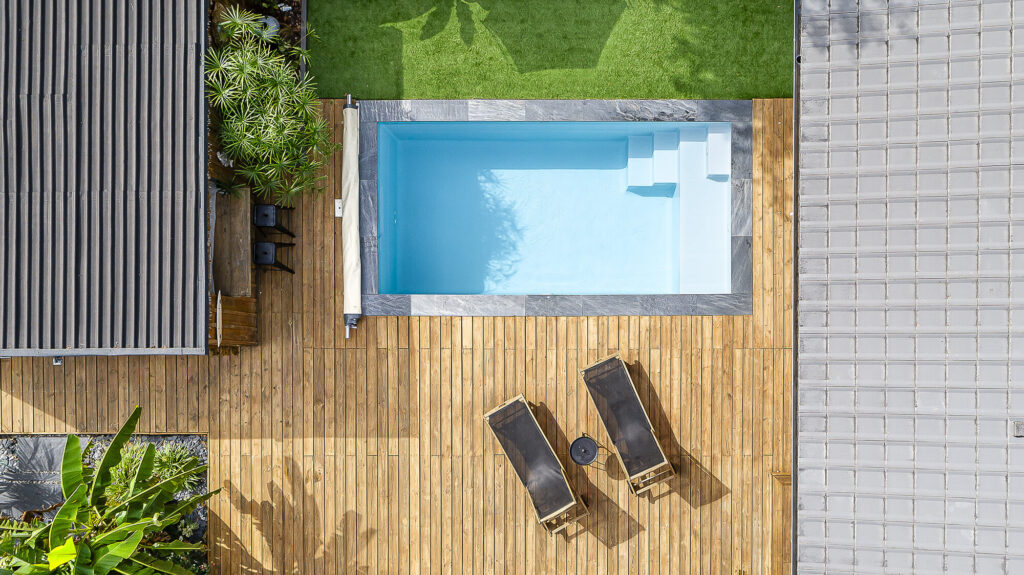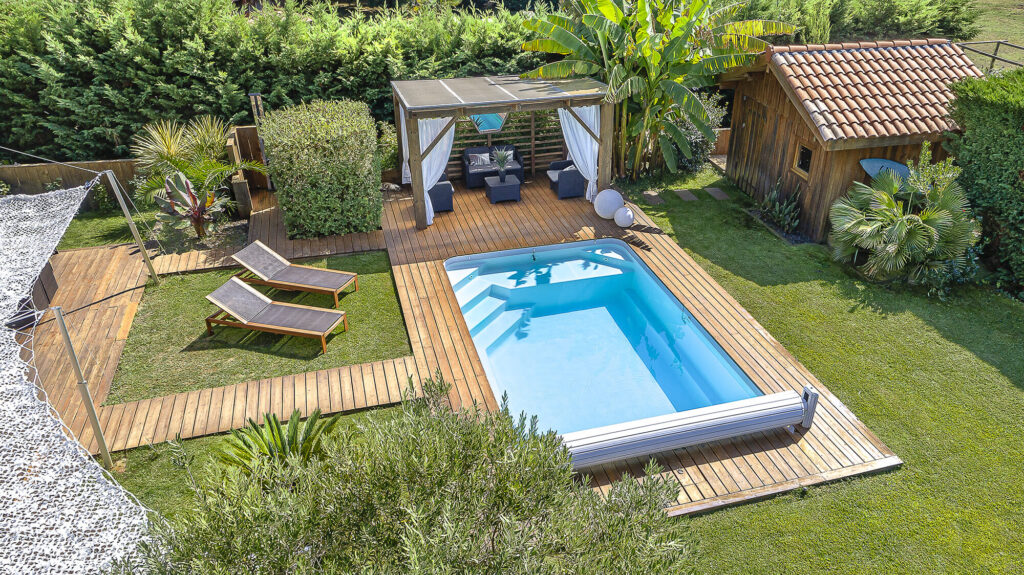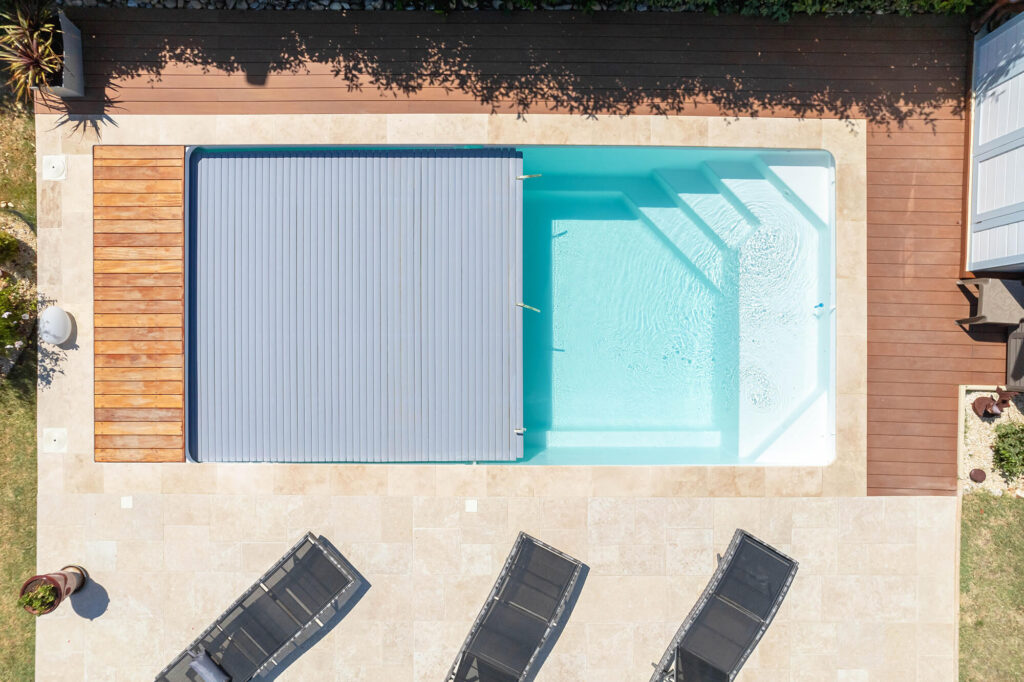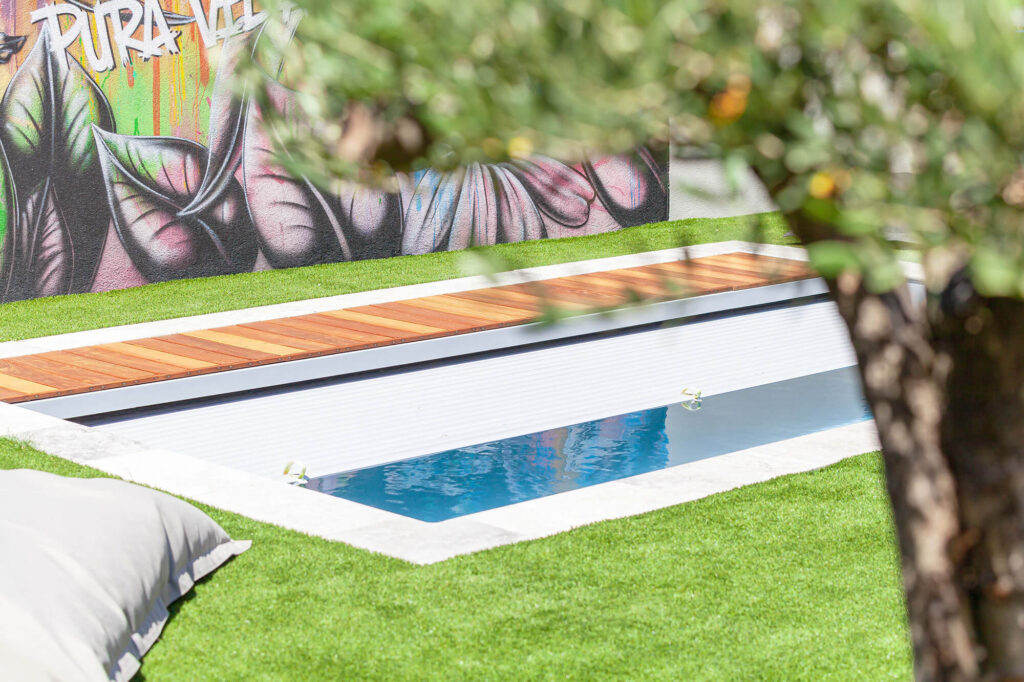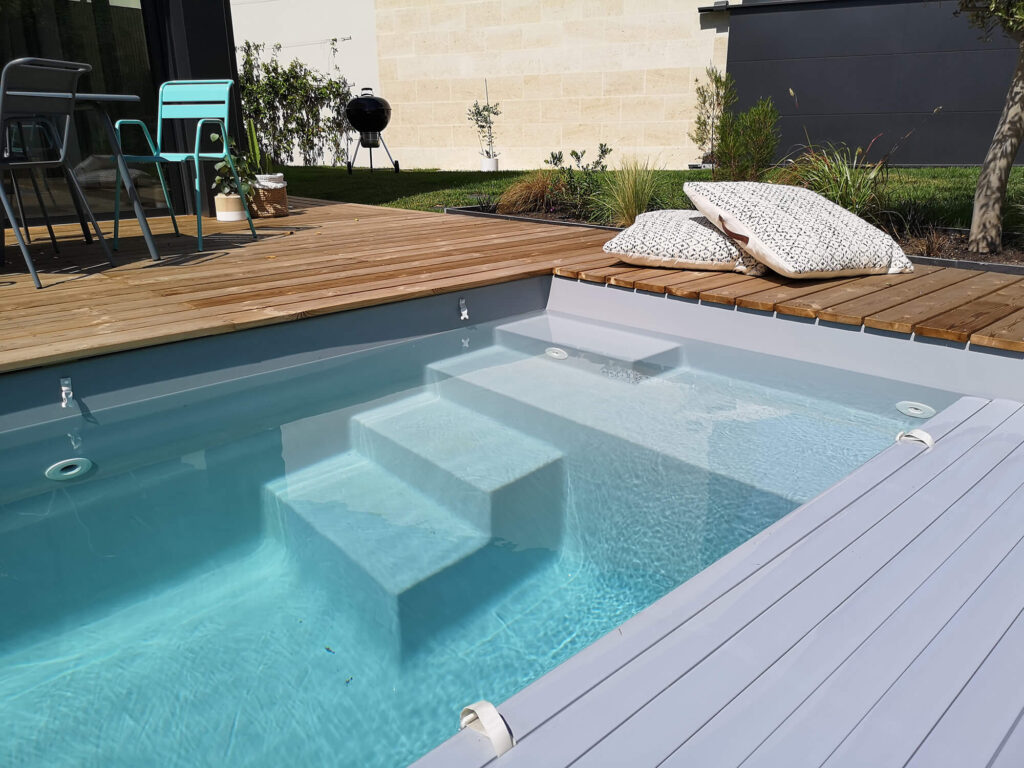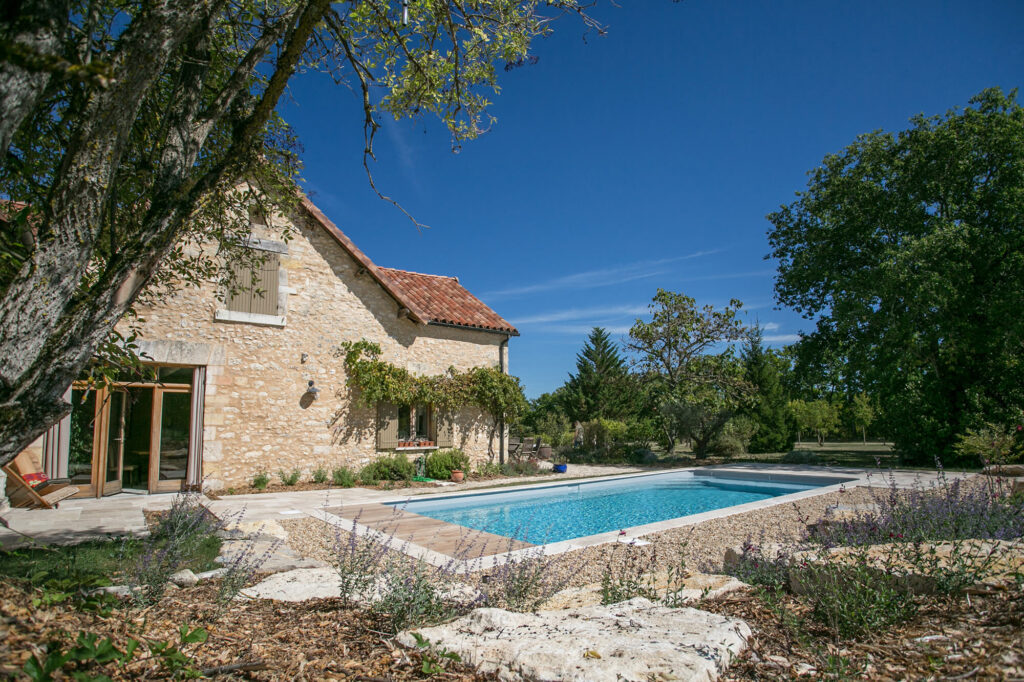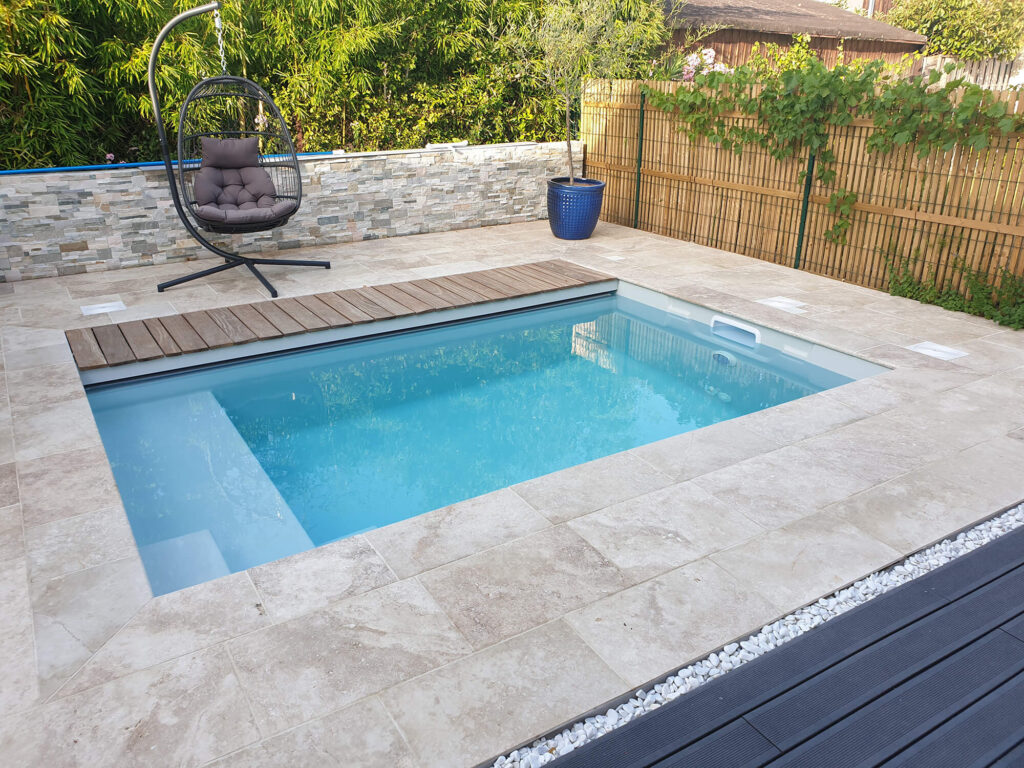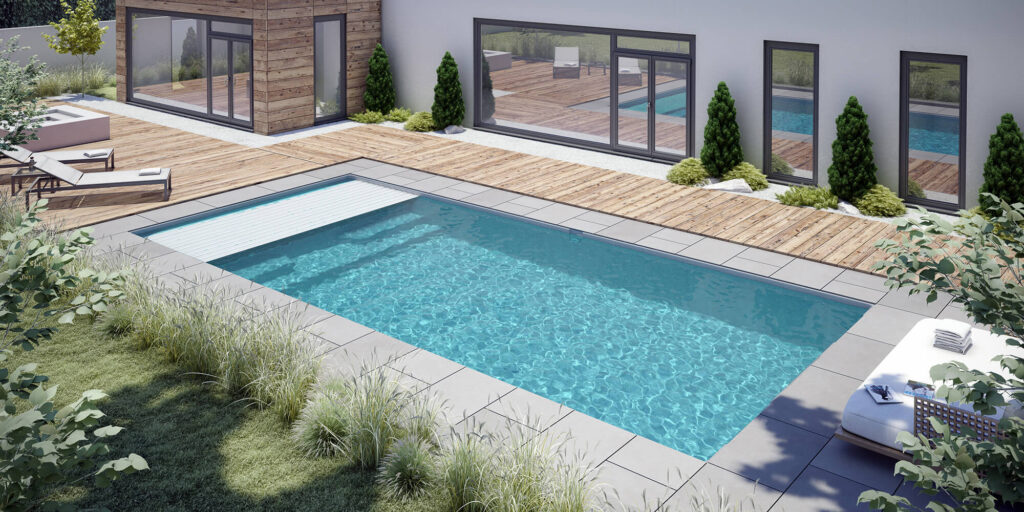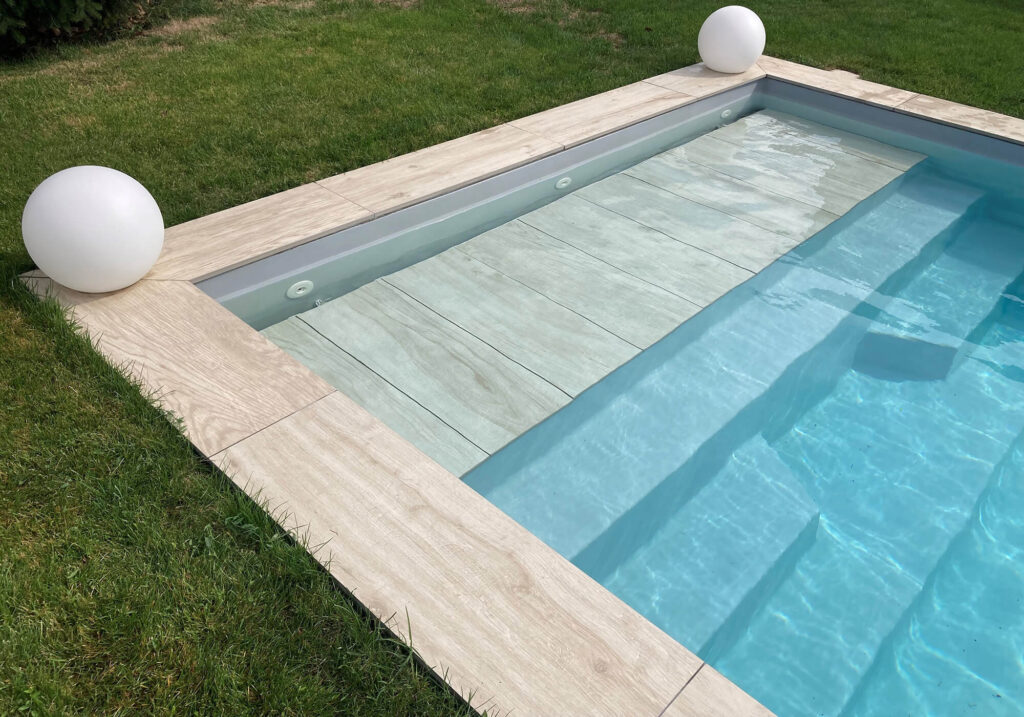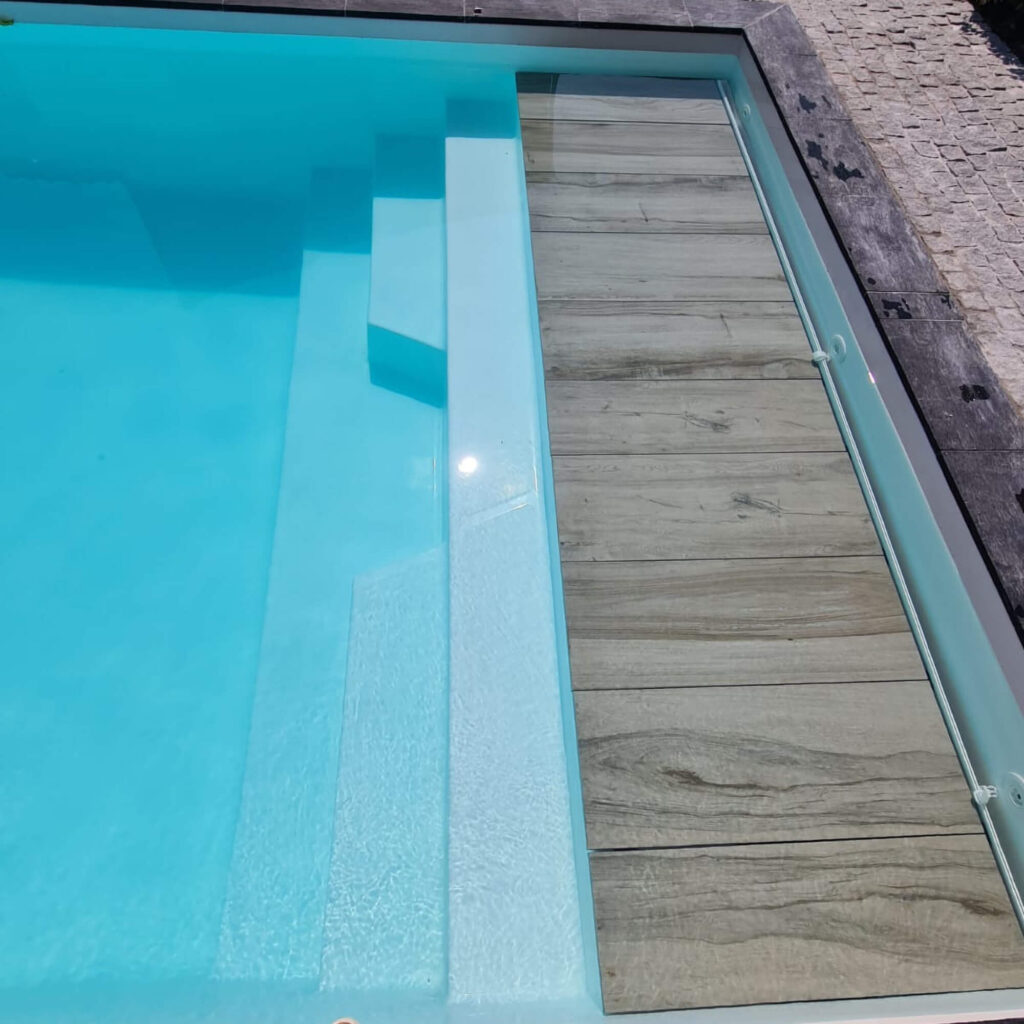We advise you to restart your pool as soon as the water temperature is around 10-12 °C. Be careful, however, if you use salt treatment by electrolysis you must wait for 15 °. If you have correctly carried out your wintering, restarting will be a simple formality. As a general rule, this is done in March/April (depending on your region) because the water is still at a low temperature and algae have not proliferated.
Recommissioning the swimming pool after active wintering
If you have carried out active wintering (i.e. you have left the filtration running all winter), this means that you have been able to maintain quality water. Restarting will therefore be a straightforward step.
- Adjust the daily filtration duration according to the temperature. ( Filtration time = water temperature/2 + 1 )
- Clean the walls with your wall brush, the waterline with a waterline cleaner (even if it doesn't seem dirty to you).
- Check the pH and adjust if necessary (a correct pH is between 6.8 and 7.2).
Recommissioning the swimming pool after passive wintering
-
REMOVE EQUIPMENT
- Winter cover: first, take care to remove any pockets of water and leaves present on the cover or shutter. When removing the cover, it is recommended to do so with several people (at least 2), each placed on one side of the pool. This is to fold it correctly after removing the anchors.
- Wintering floats (which ensured the protection of the basin)
- Gizzmos
-
CLEANING THE SURROUNDINGS OF THE POOL: BEACH AND COPINGS
Then clean the beaches and the edges, going from the edges outwards. Using a high-pressure cleaner will help you to remove moss, which can form during the winter. If necessary, scrub the joints.
-
CHECK THAT THE WATER LEVEL IS AT ¾ OF THE SKIMMERS
-
PREPARE THE TECHNICAL INSTALLATIONS
4.1 Check the electrical box
- Set the programming clock to summer filtration times
- Check fuses and contactor
4.2 Restart the filtration system
Pay attention to your pump when restarting it. If it makes an abnormal noise that persists after 1 hour of use, it is certainly because the bearings are seized. They must then be replaced immediately.
4.3 Check the sand filter
- CLOSE ALL VALVES (SKIMMER, BOTTOM DRAIN, BRUSH SOCKET, 6-WAY VALVE), OPEN THE SAND FILTER COVER THEN POUR THE DESCALER INTO THE SAND FILTER (FOR QUANTITIES, REFER TO THE PRODUCT INSTRUCTIONS). THEN LEAVE TO ACT FOR 24 HOURS WITHOUT REPLACING THE FILTRATION.
- Do a filter wash and rinse.
- Restart filtration daily.
-
PREPARE THE POOL WATER
If the water is cloudy, do a flocculant treatment which will increase the efficiency of your sand filter and clarify the water. Then, first check the water balance, in other words the alkalinity (TAC) then the pH for effective disinfection. The ideal values should be between 12 and 15°f for the TAC and 6.8 to 7.2 for the pH. To restore your TAC, use a specific alkalinity product , as for the pH, add pH minus or pH plus depending on the result obtained. For information, the pH increases rapidly in the days following the restart. In addition, if you do a chlorine treatment, check the stabilizer which should be at 30mg/l maximum.
Subsequently, if your water is dirty, we recommend that you carry out a shock treatment (bromine, chlorine or active oxygen depending on your pool treatment) and follow the recommendations indicated on the products in order to obtain optimal effectiveness.
-
CLEAN THE POOL
If wintering has been done correctly, the water should be clear. However, plant waste may have settled on the bottom of your pool. Use a manual broom to remove them. The pool robot (electric, hydraulic or other) will then come into action to carry out regular maintenance during the season.
Configure your pool online Back to all news